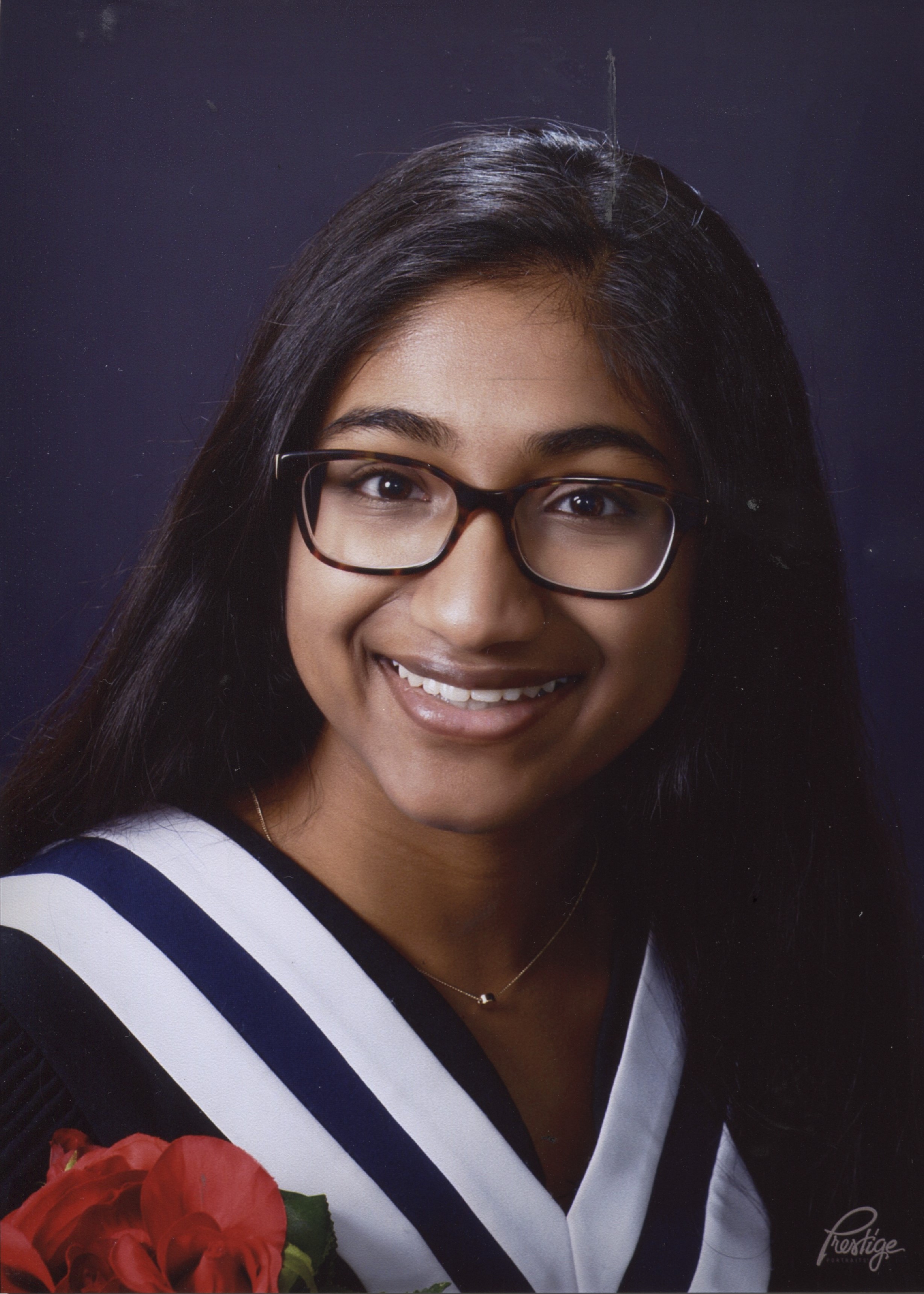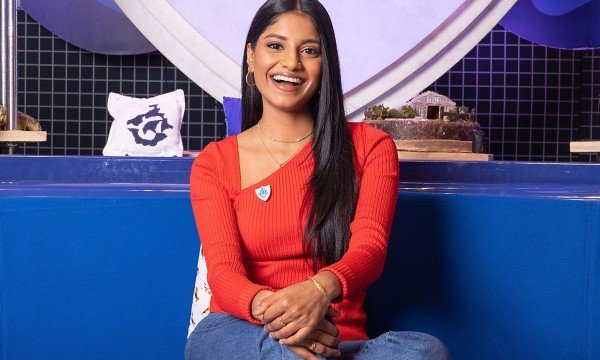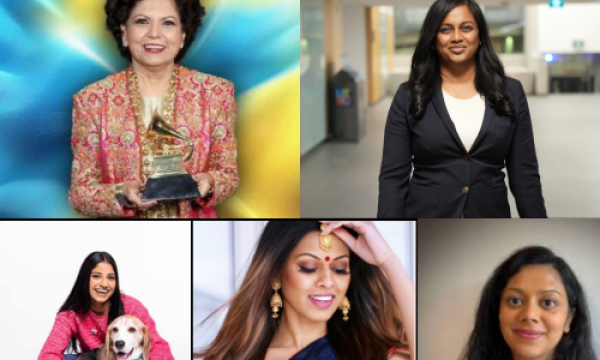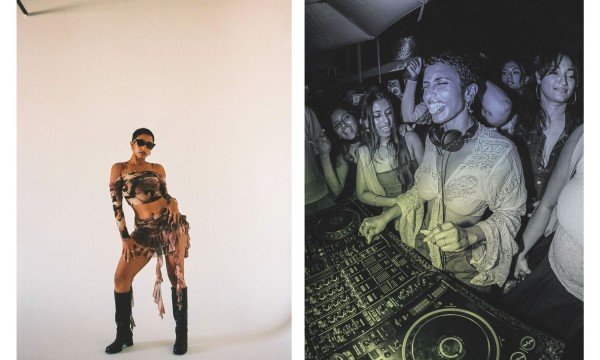
I remember making my first email account, vaguely. I was almost-five years old, Google was seven, and my oldest sister was moving away for university. Google had just launched this new email service the year before and we thought it would be nice for me to make an account to stay in touch with my favourite akka during the school year. It would be years before many of my friends started making their own email addresses, but that fall, 2005, will always mark my own entrance to the world of the Internet.
I grew up with technology developing all around me. Social media arose as I started grade school – first Twitter, Facebook, and Youtube, then Google Plus, Instagram, Tumblr, and Snapchat, and messaging apps like iMessage, Facebook Messenger, Whatsapp, and Viber. I joined Facebook a year after I learned to read Tamil, right on my thirteenth birthday. To me, the concurrent rises of handheld technology and social media have been something to watch in awe, a beautiful example of humanity’s ingenuity. First, we spread across the globe. Then, we managed to connect each and every one of us to each other, oceans notwithstanding. I visited Sri Lanka for the first time last summer all by myself, keeping in touch with my family and friends in Canada through WhatsApp. When I got off the plane, I could only recognize my Sri Lankan auntie from her Facebook profile photo. I keep up with the friends I made there on Facebook. Even back in Canada, where I study at a predominantly white and East Asian high school, I rarely see people my age that share my heritage outside of Facebook or Snapchat. We “like” each other’s posts and send each other messages of cultural events we attend as a way of sharing our cultural pride among ourselves. Without social media, I would have virtually no connection to my heritage or my language beyond my mother. Already, it is nearly exclusively through her that I learn about our traditions and speak our language. For me, social media is integral to solidifying my identity as a Tamil-Canadian.
Unfortunately for my rose-coloured glasses and my optimistic view of the world, the Internet, and people, are not as simple as this. We put up guards, we wear “glasses” or “masks” to change what we see and what we seem, depending on with whom we are speaking. I put on a bit of an accent when talking to family friends. I use bigger vowels when with my anglophone friends. Online, we emphasize different parts of ourselves to different people. On Facebook, I post about my achievements – so that people who do not know me well have a good opinion of me. On Snapchat, I post jokes and day-to-day activities, because I only have close friends there. I find myself worrying about posting too much publicly about cultural events; will people think me too “ethnic”? On the other hand, I want to show off how I am involved in my community. When I go into Google Translate because NHM Writer is not working, am I faking it? Which parts of me do I show the world, and which parts do I keep to myself? The classic question of diaspora, of second-generation immigrants, comes up: am I Tamil or am I Canadian?
This is complicated further by the abundant stereotypes of South Asians and of Tamils on the Internet. Our women are weak, our men are violent, our children are unintelligent, we are illegal immigrants and terrorists, and we are destined to work in gas stations. I want to avoid these negative stereotypes but without renouncing my heritage. Meanwhile, I like the ideas that we value education, we have strong traditions, we work hard, and our food is delicious. Then again, how much of this is always true? How much is exploited by non-Tamils? Social media is full of humour, sometimes brilliant and benign, and sometimes hurtful and offensive. The way that social media is monetized and reliant on ad revenue can make it feel like an unsafe environment.For example, the Twitter account Pakalu Papito (@pakalupapitio) contains some great self-deprecating and surrealist humour. The posts are designed to be funny and relatable. But, the character of Pakalu Papito relies on stereotypes of South Asian men. Claiming to live in India, work in a gas station, and be perpetually single; using an intentionally misspelled handle and a profile photo of a dark-skinned, moustached man – a classic Tamil uncle; the person behind the blog is actually a young white man exploiting South Asians for clicks (@lee.gabriel.146 on Facebook). With this in mind, how can South Asians build spaces for ourselves without judgement or ridicule?
One thing is for sure: social media is not a monolith. With dozens of platforms and thousands of online communities within them, no two people will have the same experience with what we call “social media”. Tamils must surpass online racism and xenophobia to celebrate our shared heritage as best as we can, across continents and through all walks of life. Social media as an individual practice is an intimately personal affair, serving mainly to reinforce our pre-existing views of ourselves and display ourselves to friends and strangers. I have posed numerous questions here, none of which have straightforward answers. There are the answers we think should be true, answers that we want to be true, answers that we think are true for other people, and answers we are uncomfortable admitting. The truth lies somewhere in there, varying for each individual. I am still figuring out what my answers would be myself.
The way we respond to these questions ends up being mirrored in the ways we navigate social media. We shape our own experiences online. We form communities in response to our environments both on and offline. After all, what brings us together as Tamils is something offline altogether: our generational histories, our culture, our language, and our experiences.

























